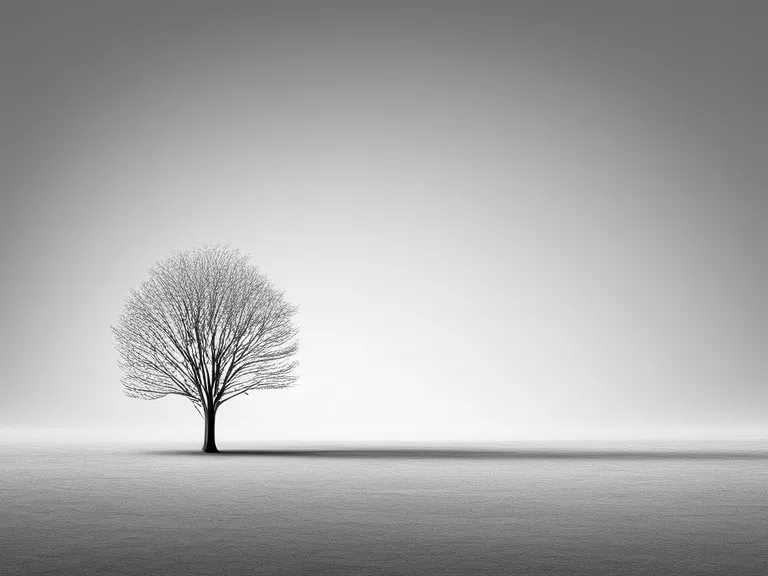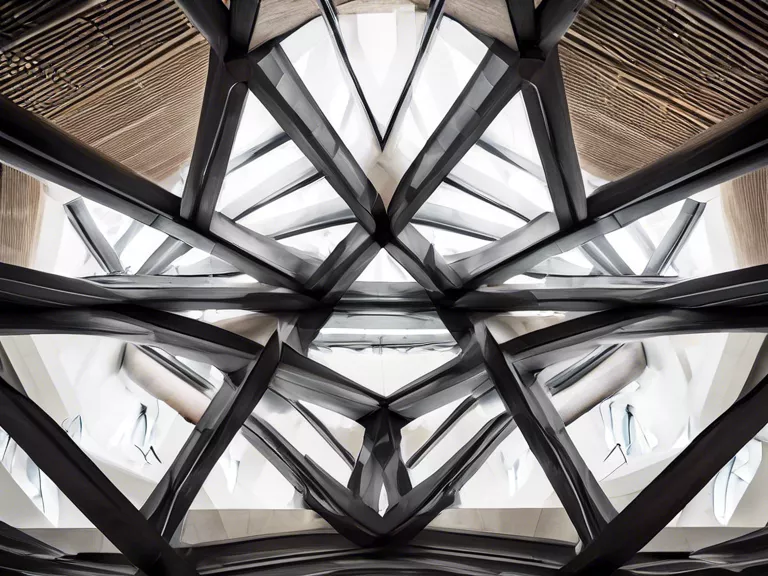
Depth of field plays a crucial role in photography, impacting the overall look and feel of an image. Understanding how depth of field works and how to manipulate it can elevate your photos to a professional level. In this article, we will explore the role of depth of field in creating professional-looking photos.
Depth of field refers to the distance between the nearest and farthest objects in a scene that appear acceptably sharp in an image. A shallow depth of field means that only a small portion of the image is in focus, while a deep depth of field keeps most or all of the image sharp. The choice of depth of field can greatly impact the visual impact and storytelling of a photo.
One of the main advantages of using a shallow depth of field is the ability to isolate the subject from the background. By blurring the background, the subject stands out more prominently, drawing the viewer's attention directly to it. This can be particularly effective for portrait photography, where the focus is on the person and their expression.
On the other hand, a deep depth of field can be useful for landscape photography or other scenarios where you want everything in the frame to be in focus. This can create a sense of depth and detail in the image, making it visually appealing and immersive.
To control the depth of field in your photos, you can adjust the aperture of your camera. A wider aperture (smaller f-stop number) will create a shallower depth of field, while a narrower aperture (larger f-stop number) will result in a deeper depth of field. Experimenting with different apertures and focal lengths can help you achieve the desired effect in your photos.
In conclusion, understanding and utilizing depth of field is essential for creating professional-looking photos. Whether you choose a shallow or deep depth of field depends on the specific requirements of your composition and the story you want to tell. By mastering this aspect of photography, you can elevate your images and create visually stunning results.



